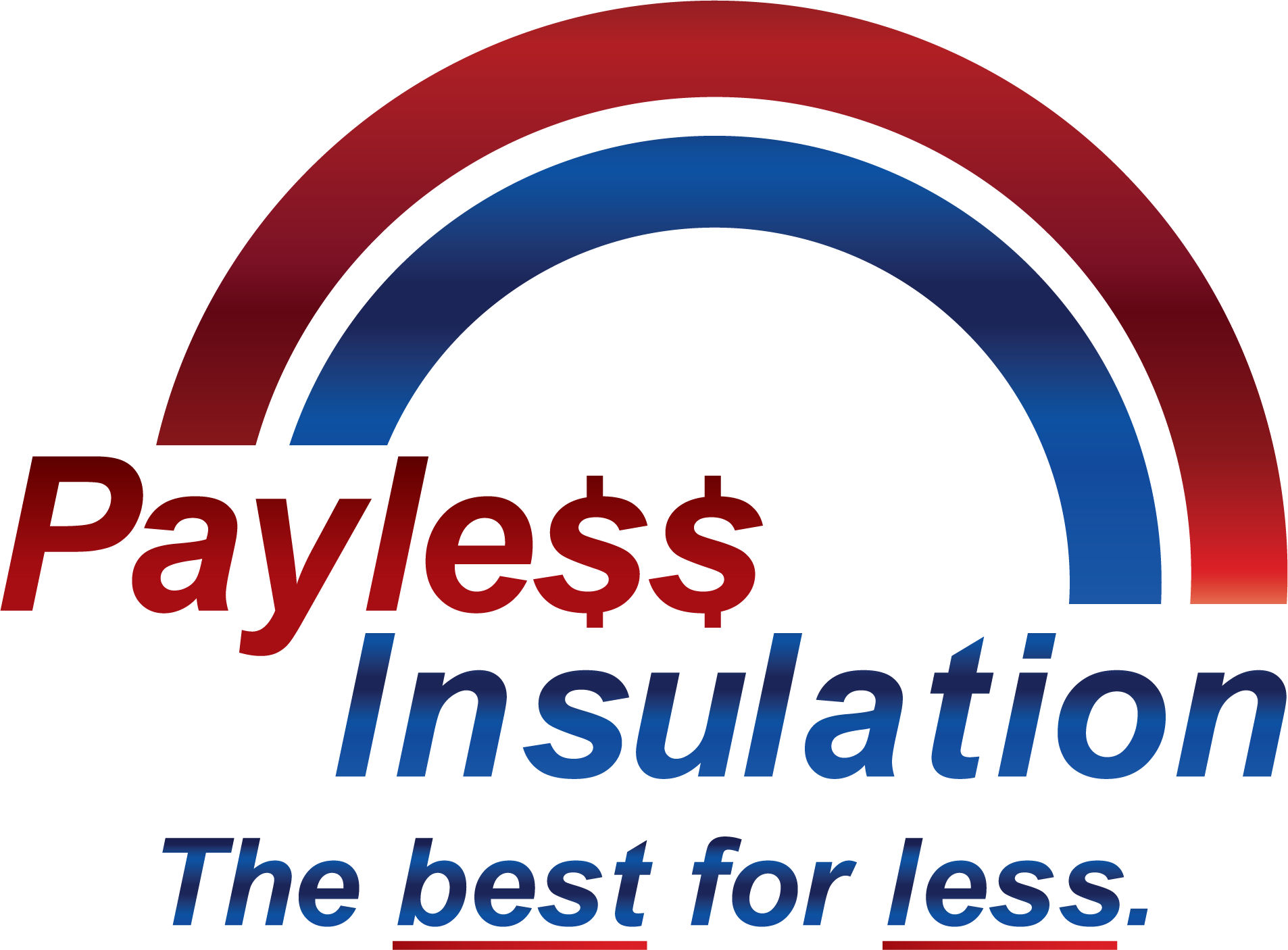We Can Help Your Family and Business be Safe and Protected
Complete Insulation Service Listing
Home and Business Products We Install
One of the most common applications for blown-in insulation is in the attic, where it helps regulate temperature and reduce energy costs. But walls, floors, and ceilings can also benefit from blown-in insulation. By installing blown-in insulation in your home, you can enjoy improved energy efficiency, reduced noise levels, and a more comfortable overall living space.
K-13 insulation is a high-performance product that is known for its exceptional sound-dampening and thermal insulation abilities. It is made from natural, sustainable materials and is usually sprayed onto walls and ceilings, forming a thick, homogenous blanket of insulation. It contains non-toxic, natural fire retardants that provide a high level of protection against fire. Additionally, K-13 insulation’s natural materials allow it to be easily recycled.
Cotton insulation is taking the green energy world by storm, providing eco-friendly and sustainable solutions for homes. The insulation not only helps in thermal protection, but it also significantly reduces the carbon footprint left by homes. Cotton insulation is composed of nearly 85% recycled cotton, making it highly sustainable. Its many benefits make it a popular option for homeowners looking to protect their homes and the environment.
Spray foam insulation is an innovative solution for your home’s insulation needs that has proven to be highly beneficial. Thermal insulation has a significant advantage as it keeps your home warm in winter and cool in summer. Additionally, by effectively sealing gaps and cracks, this type of insulation helps to reduce allergens by tightening down your home. Open-cell foam and closed-cell foam are two options we offer.
Vinyl insulation is a popular choice due to its energy efficiency and cost-effectiveness. Vinyl insulation has a low thermal conductivity, which means it effectively minimizes heat transfer between the inside and outside of a building. Additionally, vinyl insulation is affordable and easy to install. Choosing vinyl insulation not only benefits the environment but also your budget.
Commercial buildings are structures designed to accommodate a wide range of activities, from offices to retail stores and factories. Fireproofing benefits commercial buildings by reducing the risk of fire, minimizing the damage and financial loss caused by fire and ensuring the safety of the occupants. Investing in fireproofing for commercial buildings is a wise choice that can protect your investment and the people who work or shop inside.
Over time, insulation can become less effective at regulating temperature and protecting against moisture and mold. This can lead to higher energy bills and potential health hazards for those within the building. Additionally, removing old insulation can provide an opportunity to assess and address any structural issues or damage that may have occurred. Investing in new and more technologically advanced insulation can lead to savings on energy costs and improved indoor air quality.
Acoustic and sound reduction insulation is an essential component of any building that aims to eliminate noise pollution. This insulation can be installed in various parts of a building, including floors, ceilings, and walls. The primary benefit of acoustic insulation is that it cuts down sound transmission, ensuring a quieter environment for the occupants. Acoustic insulation can help improve the quality of life for people living and working in buildings.
When it comes to ensuring that a building is energy-efficient, weatherization and energy audits are two critical steps. Weatherization may involve sealing air leaks, adding insulation, and improving ventilation to reduce energy consumption and lower utility bills. By weatherizing the home, owners can ensure their property is as energy efficient as possible, saving money and reducing the environmental impact.


